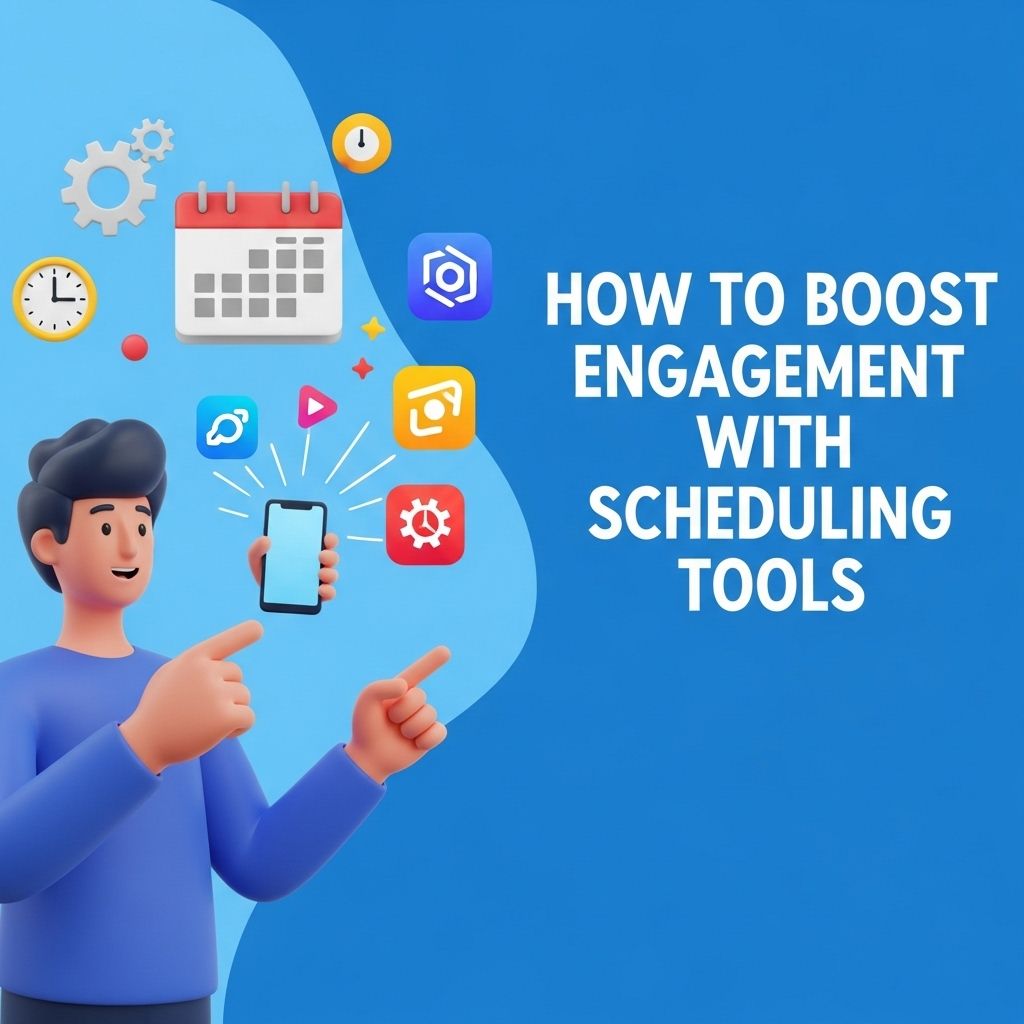In today’s competitive job market, a well-crafted LinkedIn profile can be your ticket to new opportunities. LinkedIn is not just a digital resume; it’s a powerful tool that can help you connect with professionals, showcase your expertise, and attract potential employers or clients. But how can you make your LinkedIn profile truly stand out? In this article, we will explore various strategies and tips to enhance your LinkedIn presence effectively.
Understanding the Importance of LinkedIn
LinkedIn is considered the world’s largest professional network, with over 700 million users worldwide. Here are some compelling reasons to invest time in optimizing your profile:
- Networking: Connect with industry leaders and peers.
- Job Opportunities: Many recruiters use LinkedIn to find candidates.
- Brand Building: Showcase your personal brand and expertise.
- Industry Insights: Stay updated with trends and news in your industry.
Crafting an Impressive Profile
Your LinkedIn profile serves as your professional online identity. To create a compelling profile, consider the following elements:
1. Professional Profile Picture
Your profile photo is the first thing people notice. A professional headshot can increase your profile views by 14 times. Here are some tips for choosing the right profile picture:
- Use a high-quality image.
- Dress professionally.
- Choose a neutral background.
- Smile and look approachable.
2. Attention-Grabbing Headline
Your headline is the second most important element after your profile picture. Use it to convey your current role and expertise in a concise manner. Here are some formats you can use:
[Job Title] at [Company Name] | Specializing in [Key Skills]
3. Compelling Summary Section
Your summary is your opportunity to tell your story. This section should highlight your skills, experiences, and career aspirations. Consider using the following structure:
- Start with a hook to grab attention.
- Describe your expertise, including specific skills and accomplishments.
- Include a call to action, inviting connections or offering help.
Showcasing Your Experience
When detailing your work experience, focus on achievements rather than responsibilities. Use the STAR method (Situation, Task, Action, Result) to articulate your accomplishments effectively:
| Situation | Task | Action | Result |
|---|---|---|---|
| Led a team project | Increase sales | Implemented new strategies | Boosted sales by 25% |
4. Highlighting Skills and Endorsements
Skills are essential to demonstrate your expertise on LinkedIn. Here’s how to effectively present them:
- Add relevant skills that align with your career goals.
- Prioritize skills that are in-demand in your industry.
- Encourage colleagues to endorse your skills.
Building a Strong Network
Networking on LinkedIn is not just about sending connection requests. Here are some strategies to build and maintain a robust network:
5. Strategically Connecting
When sending connection requests, personalize your message to increase the likelihood of acceptance. Mention how you know the person or why you want to connect.
6. Engaging with Content
Engage with your network by sharing insights, commenting on posts, and participating in discussions. This not only builds relationships but also establishes your thought leadership.
Utilizing LinkedIn Features
LinkedIn offers various features that can enhance your presence. Here’s how to make the most of them:
7. Recommendations
Request recommendations from colleagues or clients that validate your skills and expertise. A strong recommendation can significantly boost your credibility.
8. LinkedIn Articles
Publishing articles on LinkedIn can showcase your expertise in a particular area. Here’s how to get started:
- Choose a topic relevant to your industry.
- Provide insights, analysis, or tips.
- Include visuals to make your article more engaging.
Maintaining Your Profile
Once your profile is set up, it’s important to maintain and update it regularly. Here are some tips to keep your profile fresh:
9. Regular Updates
Update your profile whenever you change jobs, acquire new skills, or complete significant projects. This not only keeps your profile relevant but also signals to recruiters that you are active.
10. Engaging with Your Network
Regularly interact with your connections by liking, commenting, or sharing their posts. This keeps your profile visible and helps you stay informed about your network’s activities.
Conclusion
Optimizing your LinkedIn profile is a continuous process that can lead to valuable opportunities and connections. By focusing on impactful elements such as a professional photo, compelling summary, and active engagement, you can ensure that your LinkedIn profile not only shines but also serves as a true reflection of your professional brand. Start implementing these tips today, and watch as your LinkedIn presence transforms!
FAQ
What are the key elements of a standout LinkedIn profile?
A standout LinkedIn profile includes a professional photo, a compelling headline, a well-crafted summary, detailed experience sections, and endorsements or recommendations from colleagues.
How important is the LinkedIn headline for my profile?
The LinkedIn headline is crucial as it is one of the first things people see. Use it to effectively summarize your professional identity and include relevant keywords to enhance searchability.
Should I customize my LinkedIn URL?
Yes, customizing your LinkedIn URL makes your profile more professional and easier to share. It also enhances your personal brand and improves your visibility in search engines.
How can I optimize my LinkedIn summary?
To optimize your LinkedIn summary, tell your professional story, highlight your achievements, use keywords relevant to your industry, and include a call to action to encourage connections.
What role do endorsements and recommendations play on LinkedIn?
Endorsements and recommendations enhance your credibility and showcase your skills from the perspective of others. They can significantly impact how potential employers view your profile.
How often should I update my LinkedIn profile?
You should update your LinkedIn profile regularly, especially after significant career milestones, new skills acquisition, or changes in your professional status, to keep your network informed.




